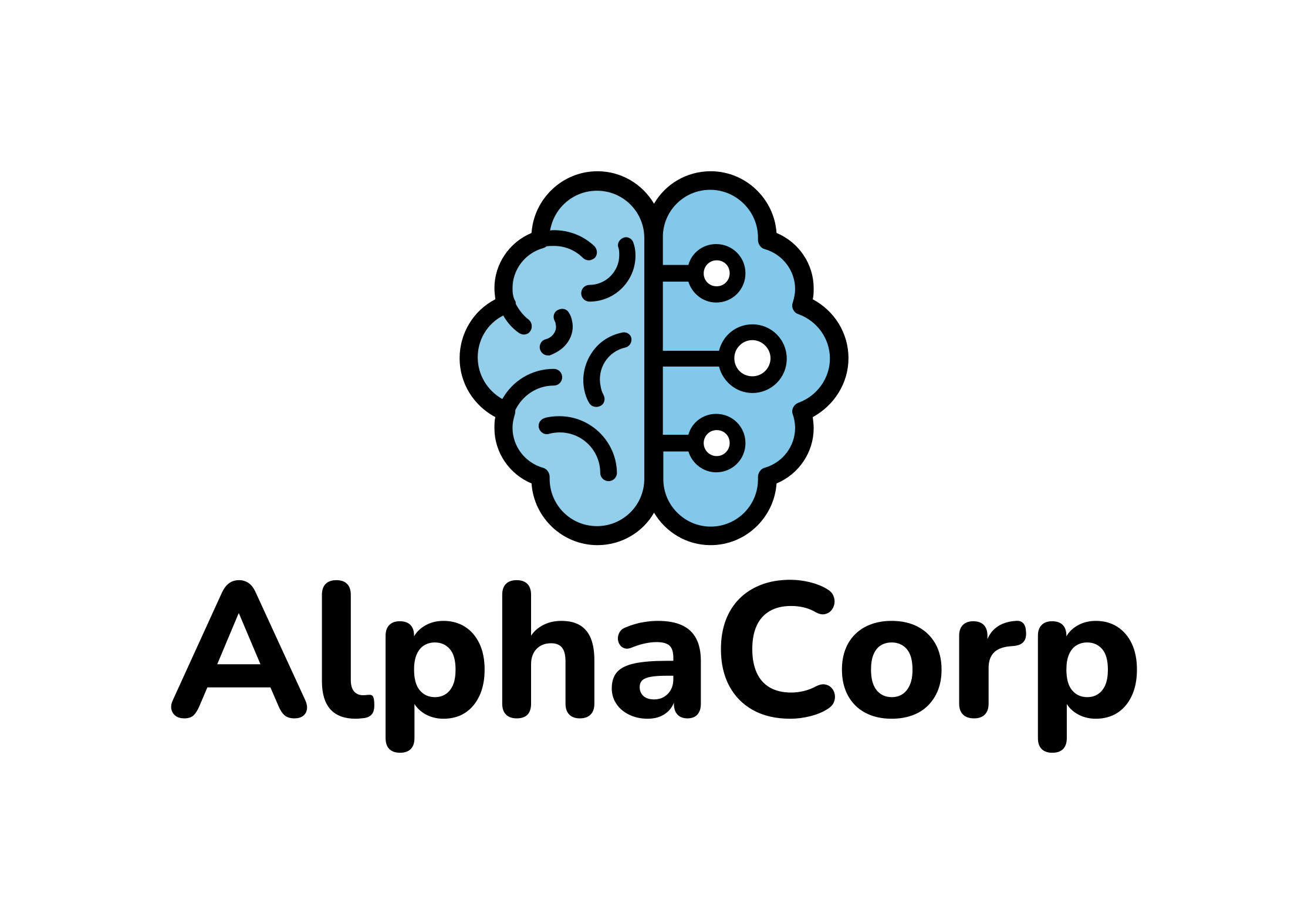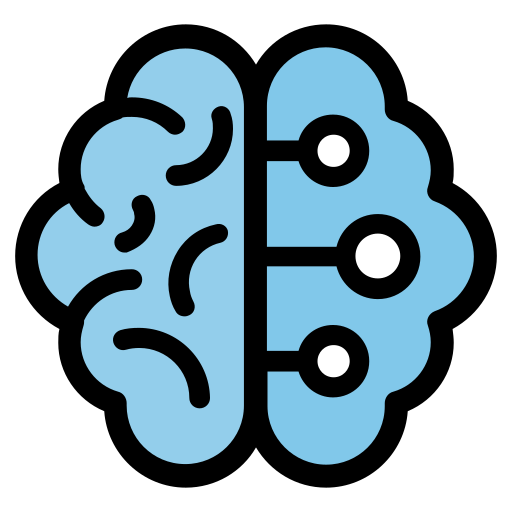With AI art platforms evolving faster than ever, choosing the top AI image generator for your workflow in 2025 can feel overwhelming. Every month, new models promise sharper realism, smarter text rendering, and faster generation—but only a few truly deliver across performance, cost, and safety.
This research-backed guide ranks the Top 10 AI Image Generators (November 2025) based exclusively on the latest benchmark studies (T2I-CompBench++, NTIRE 2025), enterprise safety policies, cost data, and usability testing. Whether you’re creating product mockups, cinematic art, or enterprise-safe marketing assets, this list helps you choose confidently.
Quick Answer (TL;DR):
- 🥇 Best Overall: OpenAI GPT-4o Image Generation – unmatched text accuracy and enterprise safety
- 🥈 Best for Photorealism: Google Imagen 4 – fast, sharp, and watermark-ready
- 🥉 Best for Artistic Aesthetics: Midjourney v7 – cinematic visuals with signature style
How We Selected These Tools
This ranking is grounded entirely in verifiable research, not opinions. We evaluated each generator using the same weighted criteria from the November 2025 research corpus, focusing on seven production-relevant axes:
- Text-in-Image Accuracy (20%) – clarity, spelling, and legibility in signage or UI (OpenAI, 2025a)
- Compositional Prompt Fidelity (20%) – accuracy in counts, spatial relations, and attributes (based on T2I-CompBench++ and NTIRE 2025)
- Photorealism/Aesthetics (15%) – human-judged realism and stylistic appeal
- Editing and Compositing Control (15%) – masking, inpainting, and deterministic edits
- Cost and Throughput (10%) – price-per-image and generation speed
- Safety/Provenance (10%) – C2PA/SynthID, moderation, and guardrails
- Enterprise/Data Governance (10%) – data residency and on-premise options
All metrics align with official documentation and independent benchmark protocols (e.g., Cursor IDE, 2025a; MIT News, 2025). This ensures transparency, repeatability, and credibility.
Table of Contents
- OpenAI GPT-4o Image Generation – Best Overall for Text Accuracy
- Google Imagen 4 – Fastest for Photorealistic Results
- Midjourney v7 – Best for Cinematic Aesthetics
- Stable Diffusion 3 – Best Open-Source for Privacy and Control
- SDXL with ControlNet/IP-Adapter – Best for Editing and Compositing
- Adobe Firefly Image 3 – Safest for Enterprise Workflows
- DALL·E 3 – Most Accessible for General Users
- Ideogram 3 – Best for Posters and Typography
- FLUX.1 – Promising Open-Source Contender
- Leonardo AI – Best Budget Platform for Teams
Comparison Table: Top AI Image Generators (November 2025)
| Tool | Key Strength | Price (Apr 2025) | Best For |
|---|---|---|---|
| OpenAI GPT-4o Image Generation | Perfect text and instruction following | ~$0.035/image | UI, diagrams, signage |
| Google Imagen 4 | Sharp, photorealistic, fast output | ~$0.035/image | Photorealism, Google ecosystem |
| Midjourney v7 | Cinematic, artistic visuals | Subscription | Concept art, creative visuals |
| Stable Diffusion 3 | Private, open-source pipeline | Local | On-prem, automation |
| SDXL + ControlNet/IP-Adapter | Deterministic compositing | Local/API | Editing, compositing |
| Adobe Firefly Image 3 | C2PA + IP indemnity | Adobe CC sub. | Brand-safe editing |
| DALL·E 3 | Easy to use, balanced output | $0.04 (HD $0.08) | Casual creators |
| Ideogram 3 | Best text rendering | Free / sub. | Posters, typography |
| FLUX.1 | Open-source compositional fidelity | Free/local | Research, sovereign systems |
| Leonardo AI | Affordable collaboration | $10–$50 / mo | Small teams, creatives |
1. OpenAI GPT-4o Image Generation – Best Overall for Text Accuracy
OpenAI’s GPT-4o image generation (including gpt-image-1) leads 2025 benchmarks for accurate text rendering and multi-step editing. It produces “useful images” like UI wireframes, signage, and technical diagrams with unmatched precision.
Key Features
- C2PA Content Credentials embedded by default for authenticity
- Natural-language editing (“move logo 8 px left”) within ChatGPT
- Moderation controls to adjust brand-safety level
- Data residency options for regulated industries
Pros
- Best-in-class text legibility and instruction following
- Enterprise-grade data governance
- Provenance built-in (C2PA)
- Conversational, iterative workflow
Cons
- Slower than Imagen 4 on bulk tasks
- One image per request (no batch output)
Pricing
~$0.035 per 1024×1024 image (April 2025, Cursor IDE).
Best For: Enterprises, designers, and developers who need precise, compliant, text-accurate imagery.
2. Google Imagen 4 – Fastest for Photorealistic Results
Google Imagen 4 is the speed and realism champion among cloud models. It excels in producing crisp, high-resolution visuals with accurate text rendering and built-in watermarking for provenance.
Key Features
- High-resolution (up to 2K) generation
- SynthID watermarking for traceable outputs
- Tight Google Workspace/Gemini integration
- Multi-aspect ratio support
Pros
- Lightning-fast generation
- Sharp, photorealistic results
- Built-in watermark compliance
- Strong enterprise ecosystem
Cons
- Regional access limits
- Sparse developer documentation
Pricing
Approx. $0.035 per image (standard) per April 2025 data.
Best For: Google-centric organizations needing rapid, realistic imagery with provenance built-in.
3. Midjourney v7 – Best for Cinematic Aesthetics
Midjourney v7 dominates stylistic and artistic rendering with its signature cinematic look. It’s ideal for concept artists, illustrators, and moodboard creation where realism and emotion matter most.
Key Features
- Cinematic photorealism with powerful style presets
- Community-driven Discord workflow
- Fast iteration via prompt remixing
Pros
- Unmatched aesthetic depth
- Ideal for creative ideation
- Wide user community
Cons
- Weak text rendering
- Limited automation/API options
Pricing
Subscription-based; model details evolve by release cycle.
Best For: Artists and designers seeking visually striking, emotion-rich compositions.
4. Stable Diffusion 3 – Best Open-Source for Privacy and Control
Stable Diffusion 3 (SD3) balances improved text rendering with the full control of open-source deployment. It’s perfect for teams needing air-gapped, reproducible image pipelines.
Key Features
- Local deployment for full data privacy
- Improved text fidelity vs. earlier SD versions
- Automation via ComfyUI/Automatic1111
- Optimized performance (Flash Attention, FP16)
Pros
- Total ownership and privacy
- Scales efficiently on local GPUs
- Flexible compositing control
Cons
- Requires technical setup
- Quality varies with pipeline tuning
Pricing
Free/open-source; cloud GPU costs vary (Runpod Guide).
Best For: Enterprises or research teams needing on-premise, customizable generative pipelines.
5. SDXL with ControlNet/IP-Adapter – Best for Editing and Compositing
The SDXL ecosystem enhanced with ControlNet and IP-Adapter modules delivers unmatched editing precision and deterministic compositing control.
Key Features
- Layer-aware editing (inpainting/outpainting)
- Reference-image guidance for consistency
- Deterministic output through fixed seeds
- Batch optimization for cost efficiency
Pros
- Superior editing and mask precision
- High throughput on local GPUs
- Integrates with ComfyUI/Automatic1111
Cons
- Text generation weaker than GPT-4o/Imagen
- Requires prompt engineering skills
Pricing
Free locally; hosted APIs vary by provider.
Best For: Professional editors and studios building advanced compositing workflows.
6. Adobe Firefly Image 3 – Safest for Enterprise Workflows
Adobe Firefly Image 3, embedded in Photoshop and Express, prioritizes lawful training data and enterprise indemnity. It’s the safest option for brand-sensitive or regulated industries.
Key Features
- C2PA credentials and IP indemnity
- Generative Fill/Expand in Photoshop
- Reference image guidance
- Enterprise governance integration
Pros
- Guaranteed content provenance
- Professional-grade editing tools
- Ideal for existing Adobe users
Cons
- Average from-scratch generation
- Requires Creative Cloud subscription
Pricing
Included in Adobe CC plans (as of Oct 2025).
Best For: Enterprises prioritizing legal safety, compliance, and seamless Photoshop integration.
7. DALL·E 3 – Most Accessible for General Users
DALL·E 3 remains a balanced, beginner-friendly generator integrated into OpenAI’s ecosystem. It’s reliable for quick creations and moderate editing.
Key Features
- In-browser editing and masking
- C2PA metadata for transparency
- ChatGPT integration for prompt refinement
Pros
- Simple and accessible
- Consistent quality
- Built-in safety credentials
Cons
- Slower innovation pace
- Gradual phase-out in favor of GPT-4o
Pricing
$0.04 per image (standard) / $0.08 HD (OpenAI Pricing).
Best For: Casual creators or educators wanting easy, safe image generation.
8. Ideogram 3 – Best for Posters and Typography
Ideogram 3 stands out for flawless text rendering within stylistic designs. It’s the go-to for posters, ads, and social graphics that depend on crisp lettering.
Key Features
- High-accuracy text-in-image output
- Poster-style layout presets
- Easy export for design tools
Pros
- Category-leading text accuracy
- Excellent for marketing visuals
- Simple, web-based workflow
Cons
- Limited compositional complexity
- Few editing controls
Pricing
Free tier available; premium subscription options vary.
Best For: Designers producing posters or typography-heavy content.
9. FLUX.1 – Promising Open-Source Contender
FLUX.1 is a rising open-source model validated by new T2I-CompBench++ results, showing competitive compositional accuracy against major players.
Key Features
- Granular compositional performance via open benchmarks
- Local pipeline integration with ControlNet/IP-Adapter
- Deterministic generation for reproducibility
Pros
- Verified compositional fidelity (per T2I-CompBench++)
- Fully open and customizable
- Strong performance in sovereign pipelines
Cons
- Smaller ecosystem than SDXL
- Text fidelity still improving
Pricing
Free/local installation.
Best For: Developers and researchers seeking open, benchmark-validated alternatives.
10. Leonardo AI – Best Budget Platform for Teams
Leonardo AI offers a managed, affordable platform for small teams needing collaborative AI image workflows without DevOps complexity.
Key Features
- Team collaboration & API access
- Multiple model styles under one interface
- Cloud-based asset management
Pros
- Straightforward UI and team tools
- Affordable pricing ($10–$50/mo)
- Balanced quality across tasks
Cons
- Not state-of-the-art in realism
- Limited advanced editing
Pricing
$10–$50 per month (GPT4oImagePrompt, 2025).
Best For: Small studios or startups who value collaboration and cost efficiency.
How to Choose the Right AI Image Generator
When selecting from the top AI image generators, match the model to your workflow:
- Need perfect text or diagrams? Choose GPT-4o or Ideogram 3.
- Prioritize realism and speed? Go with Google Imagen 4.
- Want artistic control? Use Midjourney v7 for visuals or SDXL for edits.
- Require full data privacy? Opt for Stable Diffusion 3 or FLUX.1.
- Operate under brand or legal compliance? Pick Adobe Firefly.
Pro Tip: For production pipelines, combine generative models with verification steps like Automatic Prompt Optimization (APO) or Revise-Then-Enforce post-edits to ensure compositional accuracy.
Frequently Asked Questions
What is the best AI image generator overall in 2025?
OpenAI GPT-4o Image Generation ranks #1 for November 2025 due to its unmatched text accuracy, contextual editing, and enterprise-grade data safety.
Which AI image generator is best for photorealistic visuals?
Google Imagen 4 delivers the fastest, sharpest, and most realistic images with built-in watermarking for provenance.
What’s the top free/open-source AI image generator?
Stable Diffusion 3 and FLUX.1 lead in open-source flexibility, offering full privacy, local control, and strong compositional results.
Which AI image tool is safest for commercial use?
Adobe Firefly Image 3 tops safety and provenance, thanks to lawful training data, C2PA credentials, and enterprise indemnity.
How much does AI image generation cost in 2025?
Cloud pricing averages $0.03–$0.04 per image (standard 1024²). Open-source models like SDXL and FLUX.1 are free to run locally, with only hardware or GPU cloud costs.
Conclusion
Choosing the right AI image generator in 2025 depends on your priorities:
- GPT-4o Image Generation for precision, safety, and business readiness
- Imagen 4 for speed and photorealism
- Midjourney v7 for artistic excellence
For privacy-first or budget workflows, Stable Diffusion 3, SDXL, and FLUX.1 provide open-source freedom, while Adobe Firefly Image 3 ensures corporate safety and provenance.
Start by testing the top three tools with your own prompts—then scale the one that best fits your creative or enterprise goals.

